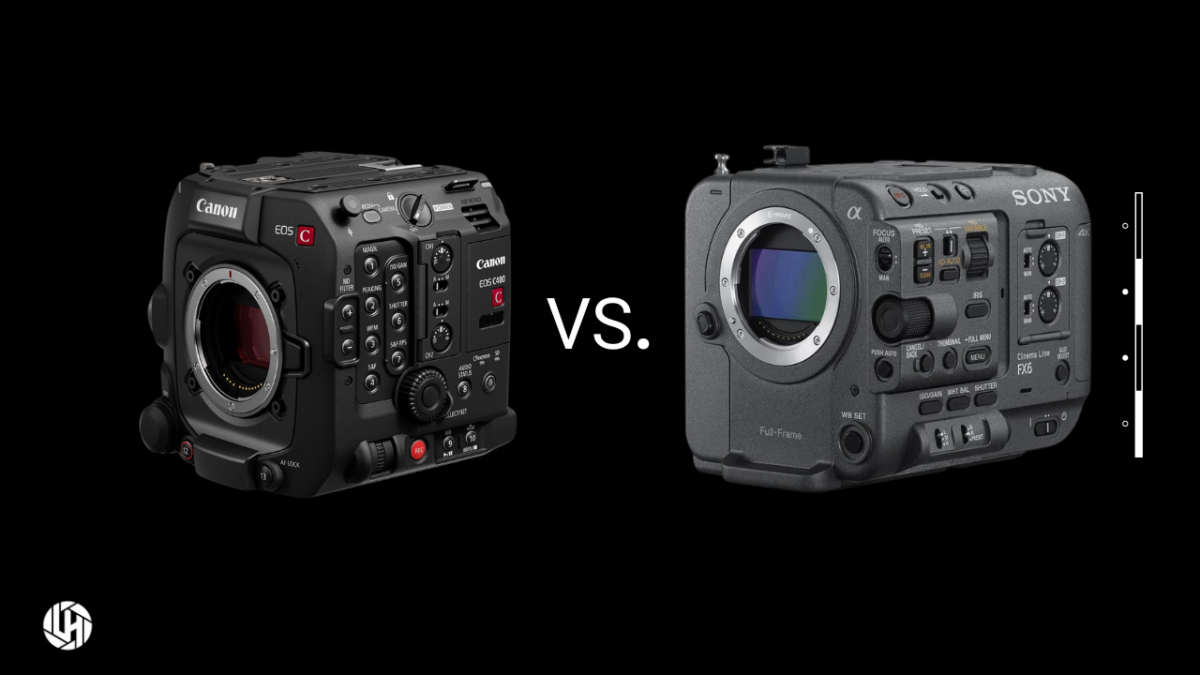Canon vs. Sony Color Science: What It Means for Creatives
lensheadmedia
on
May 15, 2025

When it comes to choosing a camera brand, image quality is more than just resolution or dynamic range. One of the most important—and often subjective—aspects of a camera’s output is its color science. For creatives, understanding how different camera manufacturers handle color can significantly influence both shooting and post-production choices. Two of the most prominent players in this conversation are Canon and Sony, each with its own approach to color processing.
While both brands are capable of delivering stunning visuals, they do so in notably different ways. These differences can shape the mood, style, and emotional impact of a project, especially for photographers, filmmakers, and content creators focused on skin tones, landscapes, or color grading workflows.
Canon’s Color Profiles: Bold and Pleasing
Canon has long been praised for its color science, particularly when it comes to how it renders skin tones. Its in-camera processing leans into a more aggressive gamma curve, giving Canon images a naturally contrasty look straight out of the camera. This “baked-in” contrast helps images appear vibrant without needing much post-processing. Shadows are deep, highlights are crisp, and midtones are often rich and inviting.
One standout characteristic is Canon’s handling of greens and blues, where a subtle cyan infusion creates a more stylized and cinematic palette. This treatment often results in images that feel polished and emotionally charged, even in unedited form.
For many photographers, particularly those working in portraiture or weddings, Canon’s skin tone bias is a major draw. The brand tends to smooth out red and magenta hues in a way that flatters most skin types, creating a soft, pleasing tone that doesn’t require heavy retouching.
Sony’s Color Profiles: Neutral and Flexible
Sony, by contrast, is known for a more neutral and technically accurate approach to color. Its goal is to reproduce scenes as close to reality as possible, which can be a double-edged sword for creatives. On one hand, it allows for a clean starting point in post-production; on the other, it may lack the immediate visual appeal that Canon users are accustomed to.
Sony’s color science shines in its S-Gamut and S-Log profiles, which are designed for maximum flexibility in post. These profiles capture a wide color gamut and dynamic range, making them ideal for filmmakers and colorists who want precise control over their final look. However, this flexibility comes with complexity. Footage shot in S-Log often appears flat and desaturated out of the box, requiring skilled grading to unlock its full potential.
A recurring criticism among users is Sony’s green bias, especially noticeable when converting S-Log footage to standard Rec. 709 color space. Skin tones can appear slightly cool or lifeless unless carefully corrected, which can be a challenge for those less familiar with color grading workflows.
What This Means for Creatives
So, which brand is better for you? The answer depends on your workflow, aesthetic preferences, and how much time you’re willing to invest in post-production.
If you want vibrant, flattering images straight out of camera—especially for events, portraits, or social media—Canon might be the better choice. Its color profiles minimize the need for heavy grading and are known to be especially kind to skin tones.
If you prioritize color accuracy and flexibility for heavy post-production—such as narrative filmmaking, commercial work, or visual effects—Sony provides the tools to build your look from the ground up, albeit with a steeper learning curve.
Ultimately, both Canon and Sony are capable of producing beautiful results. But their differences in color science are more than just technical specs—they shape how your creative vision comes to life.
Understanding these nuances empowers you to choose the right camera for your style, your workflow, and the story you want to tell.
Have more questions? Contact us or check out our camera rental page today!
- Category: Gear Rental
- Tag: filmmaking, Gear Rental, video production

